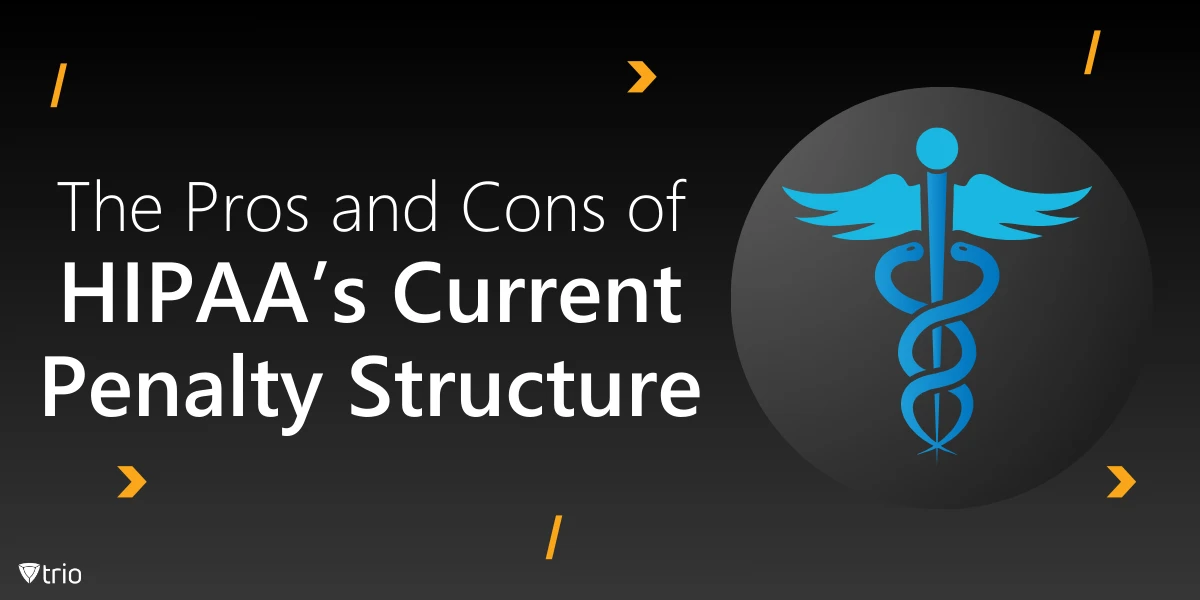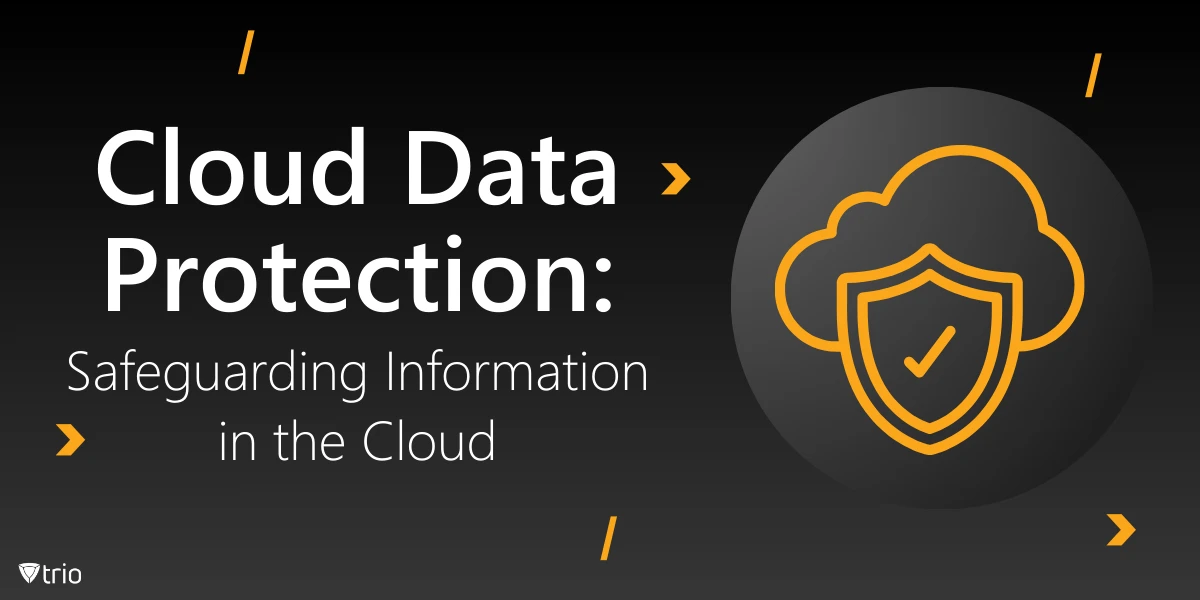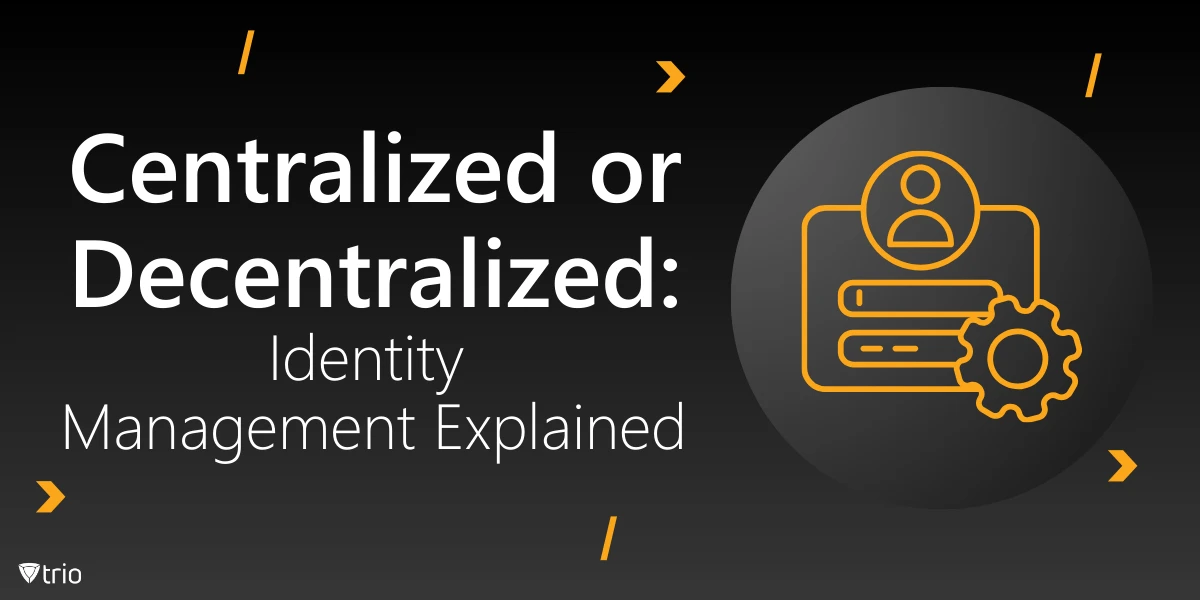In the healthcare industry, the Health Insurance Portability and Accountability Act (HIPAA) plays a crucial role in protecting patient privacy and ensuring the security of sensitive medical information. One of the key aspects of HIPAA enforcement is its penalty structure, which aims to deter violations and promote compliance. In this blog post, we’ll explore the pros and cons of HIPAA’s current penalty structure, focusing on HIPAA violation fines and penalties.
Understanding HIPAA Violations
Before delving into the penalty structure, it’s essential to understand what constitutes a HIPAA violation. HIPAA violations occur when healthcare providers, health plans, or healthcare clearinghouses fail to comply with HIPAA rules and regulations. These violations can range from minor oversights to severe breaches of patient privacy.
What are the 3 types of HIPAA violations?
HIPAA violations are generally categorized into three main types:
- Unintentional violations: These occur when an individual or organization unknowingly violates HIPAA rules.
- Willful neglect with timely correction: This involves knowing violations that are corrected within 30 days of discovery.
- Willful neglect without timely correction: These are knowing violations that are not corrected within the required timeframe.
HIPAA Violation Fines and Penalties: An Overview
The Department of Health and Human Services (HHS) Office for Civil Rights (OCR) is responsible for enforcing HIPAA rules and imposing penalties for violations. The current penalty structure is tiered based on the severity and nature of the violation.
The Maximum Penalty for Violating HIPAA
One of the most frequently asked questions is, “What is the maximum penalty for violating HIPAA?” The answer depends on the tier of the violation:
- Tier 1 (Unintentional): Up to $50,000 per violation, with an annual maximum of $1.5 million
- Tier 2 (Reasonable Cause): Up to $100,000 per violation, with an annual maximum of $1.5 million
- Tier 3 (Willful Neglect – Corrected): Up to $250,000 per violation, with an annual maximum of $1.5 million
- Tier 4 (Willful Neglect – Not Corrected): Up to $1.5 million per violation, with an annual maximum of $1.5 million
It’s important to note that the maximum penalty for a HIPAA violation can be substantial, potentially reaching millions of dollars for severe or repeated violations.
Pros of the Current HIPAA Penalty Structure
- Deterrence: The significant fines serve as a strong deterrent, encouraging organizations to prioritize HIPAA compliance.
- Scalability: The tiered structure allows for penalties to be scaled based on the severity of the violation and the entity’s level of culpability.
- Incentive for Correction: The structure incentivizes organizations to promptly correct violations, as penalties are lower for violations that are addressed quickly.
- Funding for Enforcement: The collected fines help fund further HIPAA enforcement efforts and educational initiatives.
- Improved Patient Trust: Strict penalties demonstrate a commitment to protecting patient privacy, potentially increasing trust in healthcare providers.
Cons of the Current HIPAA Penalty Structure
- Financial Burden: The high fines can place a significant financial burden on smaller healthcare providers or organizations with limited resources.
- Complexity: The tiered structure and various factors considered in determining penalties can be complex and difficult to navigate for some organizations.
- Potential for Overemphasis on Penalties: There’s a risk that organizations may focus more on avoiding penalties rather than genuinely improving their privacy and security practices.
- Inconsistent Application: Critics argue that penalties are not always applied consistently across similar violations.
- Limited Focus on Prevention: Some argue that the structure focuses more on punishing violations rather than preventing them in the first place.

HIPAA Violation Consequences for Employees
While organizations bear the brunt of HIPAA violation fines and penalties, individual employees can also face consequences for HIPAA violations. These may include:
- Termination of employment
- Professional license revocation
- Criminal charges in severe cases
- Personal fines
It’s crucial for healthcare organizations to provide thorough training on HIPAA compliance to mitigate HIPAA violation penalties for employees.
HIPAA Violation Examples
To better understand the application of HIPAA penalties, let’s look at some real-world HIPAA violation examples:
- Unauthorized Access: A hospital employee accessing patient records without a valid reason.
- Improper Disposal: Failing to shred documents containing protected health information before disposal.
- Unsecured Electronic Devices: Losing an unencrypted laptop containing patient data.
- Delayed Breach Notification: Failing to notify affected individuals of a data breach within the required 60-day timeframe.
- Insufficient Access Controls: Not implementing proper safeguards to restrict access to electronic health records.
These examples highlight the diverse nature of HIPAA violations and the importance of comprehensive compliance measures.
Trio MDM: A Solution for HIPAA Compliance
In light of the complex HIPAA penalty structure and the potential consequences of violations, healthcare organizations need robust solutions to ensure compliance. The Trio MDM solution can help many of these organizations.
Trio MDM is a comprehensive Mobile Device Management solution designed to help healthcare organizations maintain HIPAA compliance while efficiently managing their mobile devices. Here’s how Trio MDM can address some of the key issues discussed in this blog:
- Data Security: Trio MDM provides advanced encryption and remote wipe capabilities, reducing the risk of data breaches due to lost or stolen devices.
- Access Control: With Trio MDM, organizations can implement strict access controls, ensuring that only authorized personnel can access sensitive patient information.
- Policy Enforcement: Trio MDM allows for the creation and enforcement of HIPAA-compliant policies across all managed devices, reducing the risk of unintentional violations.
- Audit Trails: The solution offers detailed logging and reporting features, making it easier to demonstrate compliance and quickly identify potential issues.
- Device Management: Trio MDM simplifies the process of managing a large number of devices, ensuring that all devices are up-to-date with the latest security patches and configurations.
By implementing Trio MDM, healthcare organizations can significantly reduce their risk of HIPAA violations, potentially avoiding costly fines and penalties. Moreover, it can help create a culture of compliance, addressing one of the key challenges identified in this blog post.
We invite readers to experience the benefits of Trio MDM firsthand by trying our free demo. See how our solution can streamline your HIPAA compliance efforts and provide peace of mind in an increasingly complex regulatory environment.
Conclusion: Balancing Enforcement and Support
The current HIPAA penalty structure serves an important role in enforcing compliance and protecting patient privacy. However, it’s essential to strike a balance between punitive measures and supportive initiatives. While HIPAA violation consequences can be severe, the ultimate goal should be to create a culture of compliance and privacy protection within healthcare organizations.
Moving forward, policymakers and healthcare leaders should consider:
- Increasing resources for HIPAA compliance education and training
- Developing more robust preventive measures
- Exploring ways to make the penalty structure more transparent and consistent
- Providing additional support for smaller healthcare providers to achieve compliance
By addressing these areas, we can work towards a system that not only penalizes violations but also proactively prevents them, ultimately leading to better protection of patient privacy and improved healthcare outcomes.
Remember, understanding HIPAA violation fines and penalties is crucial for all healthcare professionals. By staying informed, prioritizing compliance, and leveraging advanced solutions like Trio MDM, we can collectively work towards a healthcare system that respects and protects patient privacy while delivering high-quality care.
Know about news
in your inbox
Our newsletter is the perfect way to stay informed about the latest updates,
features, and news related to our mobile device management software.
Subscribe today to stay in the know and get the most out of your mobile
devices with our MDM solution app.
Recent Posts
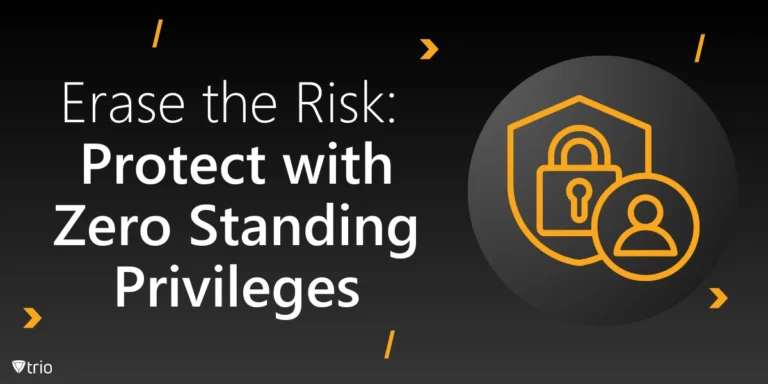
Erase the Risk: Protect with Zero Standing Privileges
Learn how zero standing privileges eliminate persistent access rights, enhance data security and reduce the risk of unauthorized access.

Understanding Access Control Types in Cybersecurity w/ Examples
Thorough understanding of access control types & the knowledge to make informed decisions about implementing security measures in your organization.
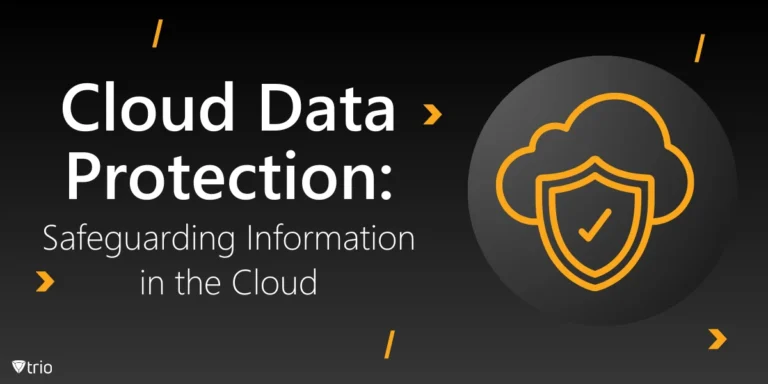
Cloud Data Protection: Safeguarding Information in the Cloud
Learn essential strategies for robust cloud data protection, exploring tools, best practices, and policies that safeguard sensitive information.
